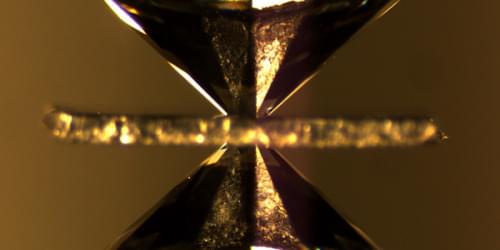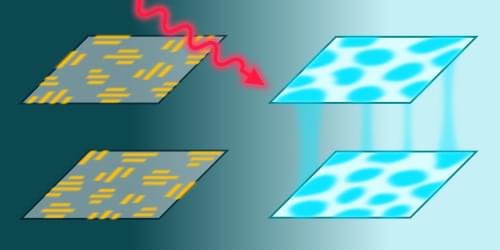Solid-state lithium batteries are promising energy storage solutions that utilize solid electrolytes as opposed to the liquid or gel electrolytes found in traditional lithium-ion batteries (LiBs). Compared to LiBs and other batteries that are used worldwide, these batteries could attain significantly higher energy densities of more than 500 Wh/kg−1 and 1,000 Wh/l−1, which could be advantageous for powering electric vehicles and other electronics for longer periods of time.
Despite their possible advantages, existing solid-state lithium batteries exhibit significant limitations that have so far prevented their large-scale deployment. These include the active lithium loss that can occur while the batteries are charged and discharged, which can reduce their efficiency and overall performance.
This loss of lithium is caused by an inhomogeneous lithium plating. Devising effective strategies and thin lithium metal foils that could limit the loss of lithium in solid-state batteries is thus a key goal for the energy research community.









